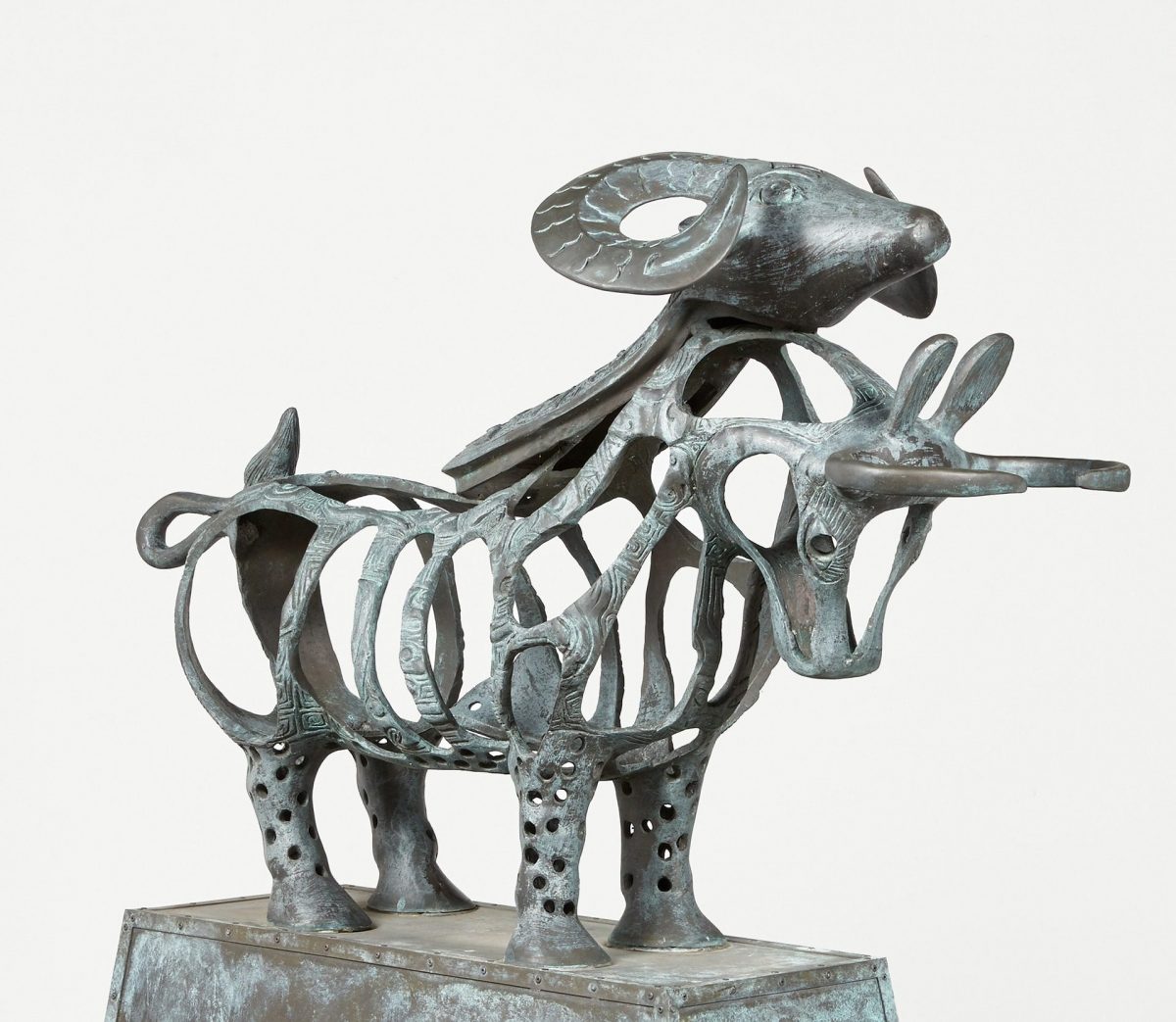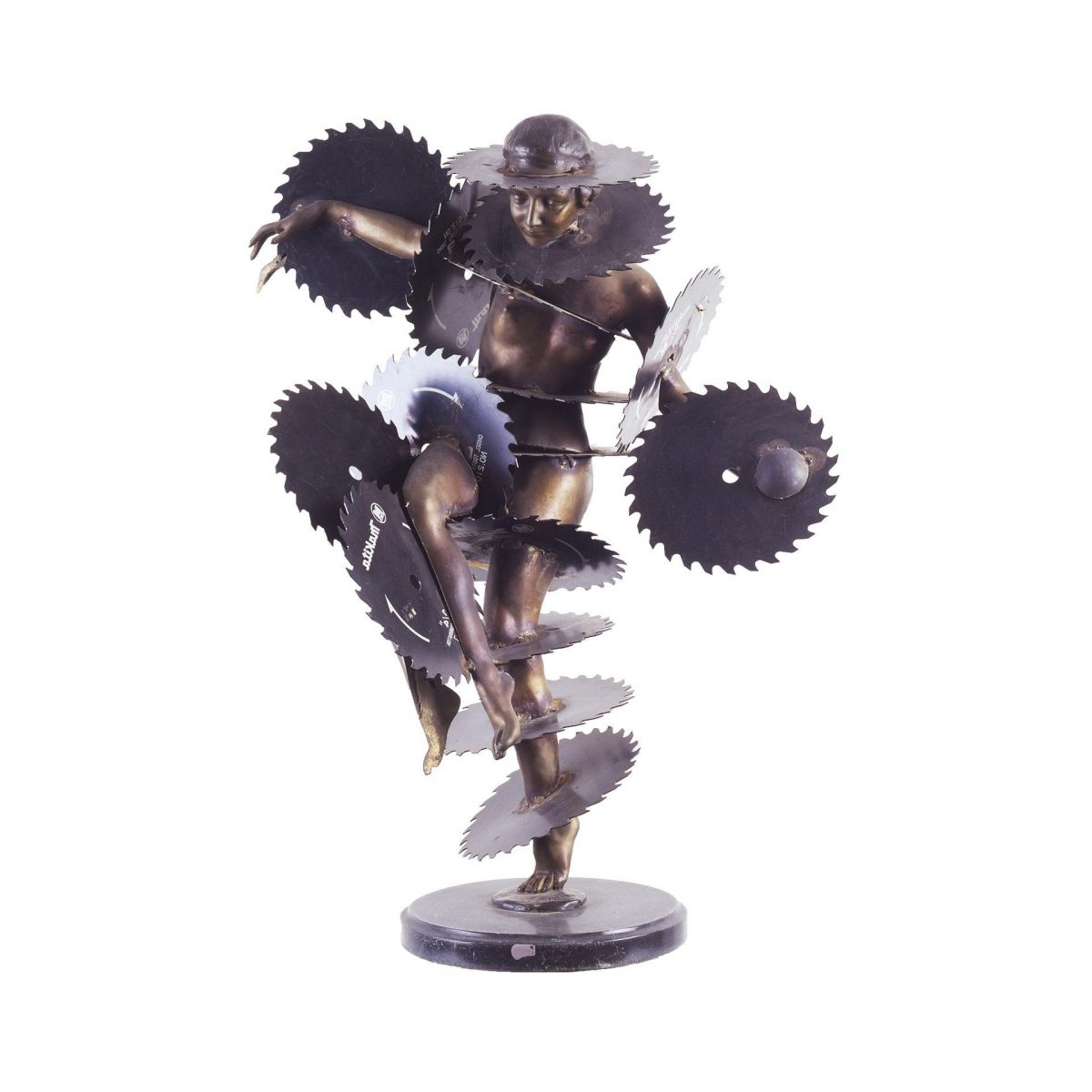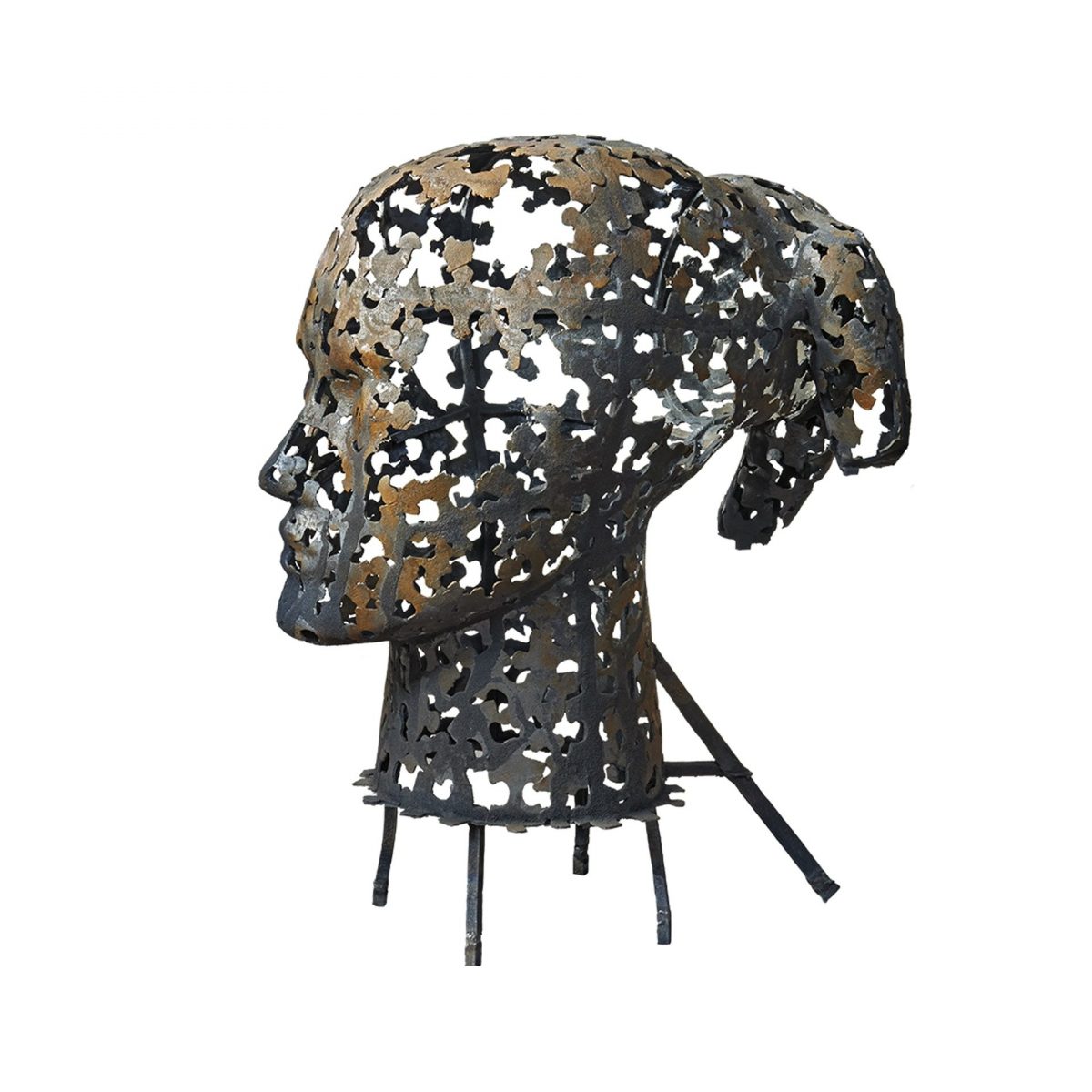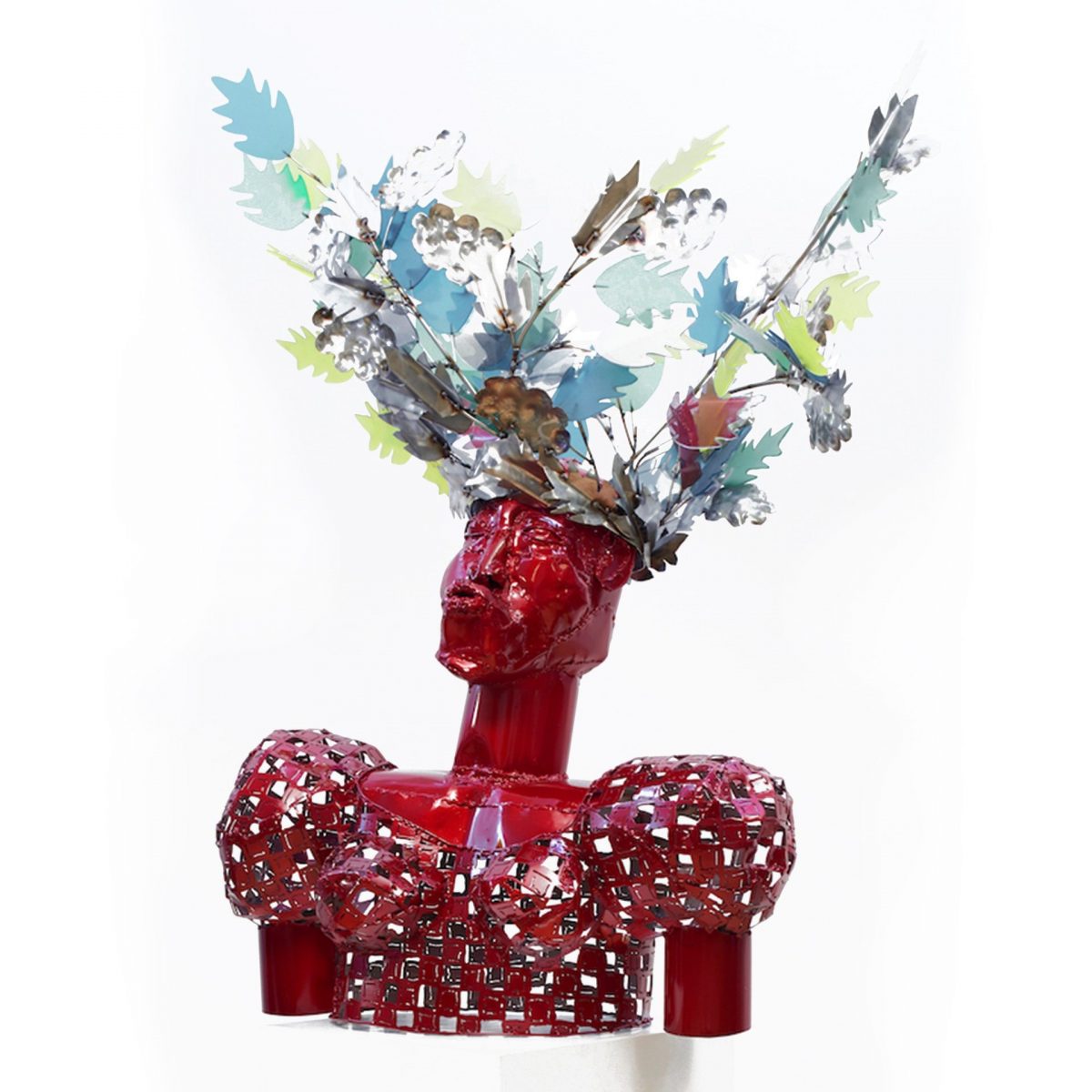A piece of art makes a difference when building eye-catching and refined interior spaces. The painting certainly plays a key role in defining the style and the palette of a room or office. However, sculptures offer particularly dynamic solutions that result in overall distinguishing spaces. More precisely, sculpture arouses a bigger engagement and can work in different kinds of environments. Something that is definitely to consider when choosing art for interiors.
The role of sculpture
The sculpture is one of the oldest forms of art. It dates back to ancient Greece, perhaps even before. Since then it developed in diversified ways, becoming one of the noblest among the creative forms of expressions. In ancient times it served as a tool to connect the divine and the earthy. For a long time, it was aimed at iconographic representations, until the moment when it embraces a celebratory purpose.
In ancient times, bronze and marble were the main materials in sculpture. Nowadays sculpture developed incredibly, becoming more conceptual and diversified. If marble and bronze are still ideal for outdoor purposes, sculpture for interiors features often iron, stone, upcycled materials, and embroidery. The definition of this form of art extended considerably. However, there are two main forms of sculpture in today’s art for interiors: abstract and conceptual sculpture.
Sculpture, impressive Art for interiors
Abstract sculpture founds on distorted shapes. Many sculptors choose to depict their subjects in an act of movement, highlighting the flow of the work. In particular, these forms tend to work well with modern or minimalist interiors.
By creating a more open and evocative art, the contemporary sculpture seems to embrace the pillars of abstraction. The abstract tendency comes after centuries where the sculpture had to respond to certain criteria of perfection. To gain that result static subjects were protagonists most of the time.
The other contemporary trend involves conceptual sculpture. This form is often deliberately provocative and can be difficult to read. However, the fact it is so challenging makes it more rewarding and appreciated by art lovers.
The sculptures have a great communicative and aesthetic potential. Even materials that seem to be imperfect, or not matchable with artistic purposes hide a spark of beauty capable of shining if it is revealed.
For example, Texier’s iron animals are halfway between the environmental message and an intangible abstraction.
Sculpture: 3-dimensional pleasure
For many when choosing a piece for interiors, available spaces and overall style must be criteria number one. However, Art for interiors doesn’t just have to respond to stylistic needs, it has to add something unique to each environment, make the difference between ordinary and astounding.
A sculpture can actually define the essence of a space. That is also because the artist works 3-dimensionally, which allows creative imagination to run free. No matter what the space available is, the variety of solutions today matches every need, it’s just about finding the right piece of art. Sculpture definitely has the capacity of transforming interiors, creating focal points that make the space vibrant and complete.
Discover impressive sculptors’ work on RDN Arts: Contemporary Sculptors



